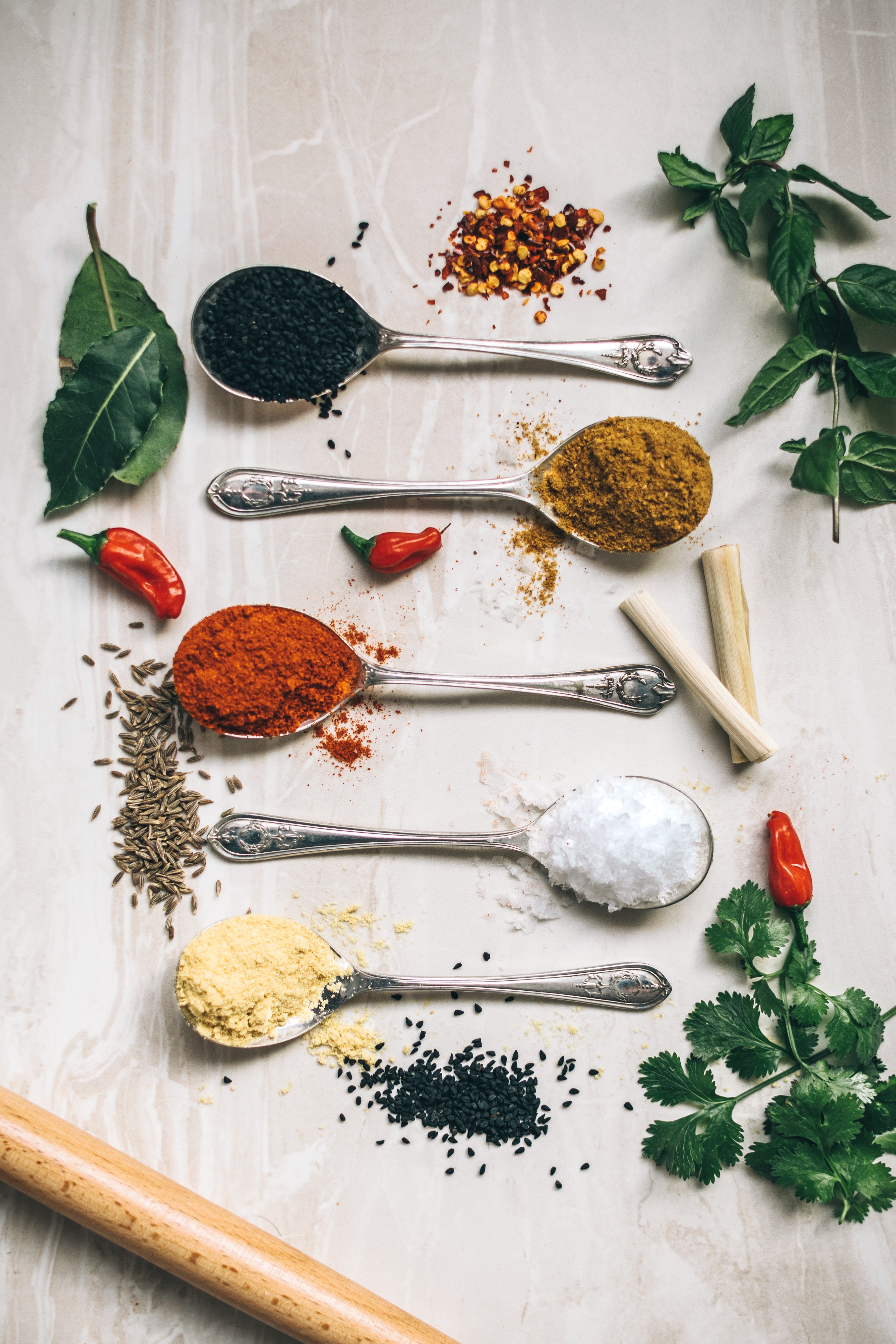Using Herbs and Spices (Part 6)
If you don’t cook for large groups of people and you don’t make a wide variety of home-cooked meals from scratch on a daily basis, you can run into a problem. Even small jars of infrequently used herbs and spices can be difficult to get through before their shelf life has come to an end. Most dried herbs and spices don’t exactly spoil; it’s more like the flavor becomes less potent. Thankfully, herb and spice blends exist, so you don’t need to keep jars of spices you use a quarter teaspoon of for one dish you eat once a month.
Seasoning mixes often have the added benefit of coming with instructions on what to use them with. For example, two of the blends I have on hand now are an Italian herb mix and Fox Point seasoning. The Italian herb mix consists of oregano, basil, marjoram, thyme, and cracked rosemary and it offers suggestions on what to use it with. It can be sprinkled onto chicken or fish, mixed into a salad, or 1 tsp per quart can be added to your homemade pizza/spaghetti sauce. The Fox Point seasoning (salt, shallots, chives, garlic, onion, and green peppercorn) comes with a recommendation that you add it to baked chicken, roasted vegetables, eggs, or fish fillets. It even has a brief recipe for a vegetable dip: 3 Tsp Fox Point, 2 Tbsp water, and 1 cup of sour cream mixed together.
So if the idea of keeping a few dozen jars of herbs and spices around doesn’t appeal to you, here are some suggestions for versatile seasoning mixes to keep on hand.
Chili Powder
Ground Chilis (variety is your choice), paprika, oregano, cumin, and cayenne
Most popular in Latin American and Southwest American, chili powder is spicy and brings a rich smoky flavor. It’s one of those spice seasonings you don’t have to think too much about whether it would be good or not in a dish; if you want your food spicier, add a little chili powder. In particular, chili powder is used with stews, vegetable dishes, beans, and grilled meats.
Curry Powder
Turmeric, cumin, red pepper, fenugreek, and coriander
More than most spice blends, it’s hard to look at curry powder and say “this is the one way to make this.” Common spices used in curry powders are listed above, but the actual contents will vary by region of origin and the manufacturer. If you don’t want to buy a bunch of different blends, try making your own curry powder in small batches and experimenting to your own tastes. Curry powder is warm and often bitter, going well with chicken, rice, soups, vegetables, and is (surprise!) used to make curry sauce.
Herbes de Provence
Rosemary, thyme, oregano, marjoram, sage, and tarragon
This mix consists of the herbs most commonly used in the cooking of Southern France. The flavor is earthy or woody, which will go well with vegetables like eggplant and zucchini, as well as meats like lamb and chicken. It’s usually used as a dry rub or marinade.
Pickling Spice
Mustard seeds, bay leaves, and peppercorns (other spices like celery seeds, dill seeds, mace, cloves, and many others are often added. This mostly comes down to personal preference.)
As can be guessed from the name, pickling spice is used when preserving fruits and vegetables in vinegar. The ingredients are meant to have strong flavors that will persist after the pickling process. If you have no interest in picking up a new hobby in pickling, you can also use the blend in vegetable dishes and stews, but pickling spice typically uses whole herbs and spices, so make sure it’s used in a way that allows you to remove them after cooking if it is relevant to your dish.
If you’re interested in learning more about the use of seasonings in your cooking, there are plenty of food blogs, books, and videos on the subject. For a general overview, I recommend the lessons from CookSmarts. You can find links for “The Ultimate Guide to Spices” and “Keep it Fresh with Herbs” below. Check out their other lessons if you have the chance!
https://www.cooksmarts.com/
https://www.cooksmarts.com/







